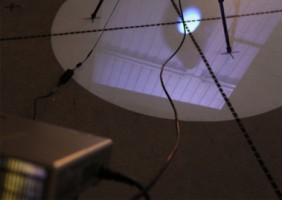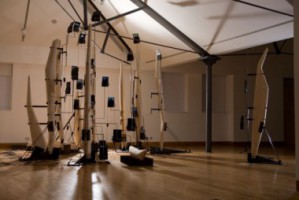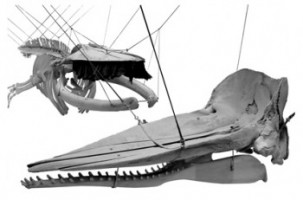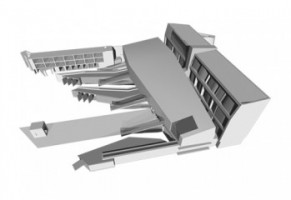Microtopography
2015 Jyväskylä, Finland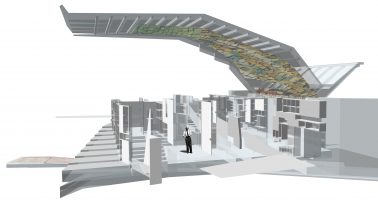

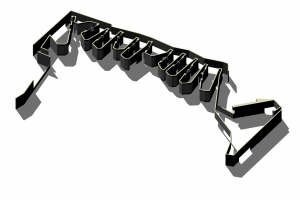
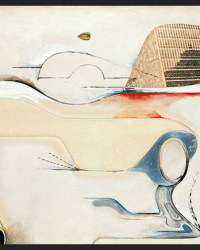
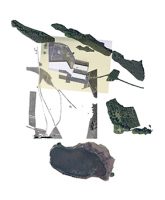
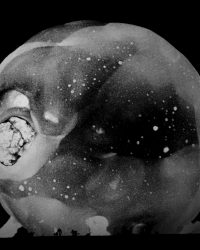
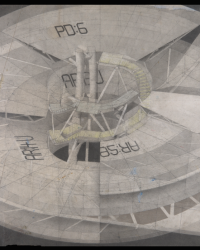
On Wednesday 11 November Mark will give a talk at the National Gallery of Art, Vilnius, Lithuania, as part of the series ‘Powers of Excursions’, organised by Siarhei Liubimau and Indre Ruseckaite. Details of the event are here and information …
On Wednesday 11 November Mark will give a talk at the National Gallery of Art, Vilnius, Lithuania, as part of the series ‘Powers of Excursions’, organised by Siarhei Liubimau and Indre Ruseckaite.
Details of the event are here and information about the series is here.
A video and photographs of the talk have been posted at the ARCHfondas website.
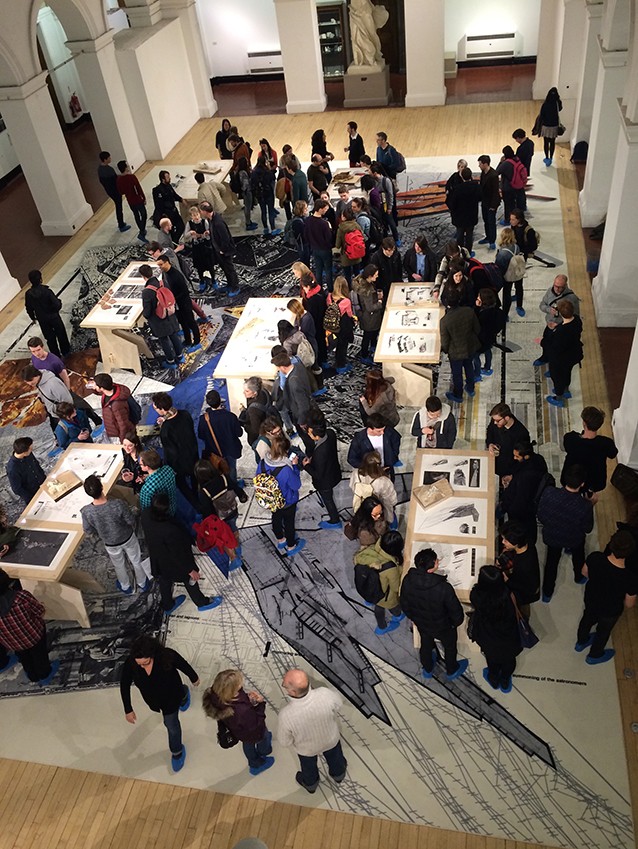
Thanks to Claudia Carbone for this review of the Metis retrospective On the Surface. A version of the text has just been published in the latest issue of Architectural Research Quarterly (arq). Expanding Surfaces by Claudia Carbone Metis experienced The …
Thanks to Claudia Carbone for this review of the Metis retrospective On the Surface. A version of the text has just been published in the latest issue of Architectural Research Quarterly (arq).
Expanding Surfaces
by Claudia Carbone
Metis experienced
The experience of the exhibition is choreographed as a walk over superimposed fragments of architectural representations, presented in the exhibition space of The Aarhus School of Architecture. This action of walking, following the drawing on the ground, enables the erasure of the specific time/place chronotopes of the seven exhibited projects, allowing new itineraries to be drawn through the crossing of this complex context.
Metis organised the documentation of the exhibited projects as an installation within the printed carpet surface (16m x 10.5m), furnishing it with seven trestles that subsequently supported the explicit representations of the individual projects. Each of these trestles defines a room, a space of exploration.
Upon each trestle two sheets of glass contain and frame one of the exhibited projects. Each project is described through three panels of drawings, which are suspended within the double layer of glass. The upper glass surface also serves as a kind of horizon line upon which a model representation of the project sits.
Metis explored
The spatial configuration of the trestles relates in content to – and designates a specific relation within – the drawing on the floor surface. When carefully walked upon and perceived, the drawing underneath your feet attracts you in the same way that cartographies of the sky often do. This inverted celling draws the viewer from one place to the other through a force-field of multiple projections, each of them with their unique vanishing points and horizons. The projections do not seem to interlock; they are possible arrangements or assemblages that aim at achieving the sensation of being situated in a frozen moment of the dynamic constellation – stargazing. Other actions could be to look in, to zoom in, to explore details, or else to follow structures in this rich surface, like a bird’s-eye view of the earth, observing moments from an empowered vantage point.
Metis examined
Approaching each table you locate yourself in the designated position that the orientation of the trestles facilitates. This then refers to an order where the experience of each project (table) can be associated with the system of display cabinets that furnish a library or museum. This orientation of the body delimits a space for examination of the delicate drawings, and also defines spatial relations between the distant planes in the floor drawing and the proximity of the detail in the dense information that each representation positions close to the viewer’s eyes. This particular position then offers an examination and questioning of the limits of the projects. They re-emerge, among others, in the distance, disturbed and distorted by the overlay of the models and the viewer’s own image, which is doubled through the reflective effects of the glass surfaces.
The focused reading of the drawings and the position of the model is an experience equivalent to that of witnessing an architect’s working table or studying a cabinet displaying samples of fossils or stones in a museum of natural history.
Here, close-up, the models are the most powerful means of representation. Their placement upon the tables engages in such a way that the eagerness to touch them is nearly impossible to resist. This overwhelming desire is only made possible by the inviting display in which, because the models are not restricted within vitrines, haptic experience is unhindered. The models are pieces that exude and evoke a sense of materiality, fragility and detail. They become objects that you want to possess.
Metis recollected
Taken together, the seven projects exhibited display a complex inter-relation between architectural speculation, site and brief. In scale the projects range from landscape, through cityscape, to the dimensions of the body. Six of the seven projects both question and respond to competition briefs. These are site specific and articulated in accordance with their environment. The only exception is the installation piece, Laputa, which is developed in relation to the text of Gulliver’s Travels by Jonathan Swift (first published in 1726).
One project, Micro-Urbanism, can be discussed as an epitome of both the strategy behind the whole exhibition and the particular character of Metis’s approach and creative practice. In this, the spectator is presented with an overload of architectural references distributed through multiple means of representation. The project operates on both introverted and extroverted levels, enriched by its own trajectories, out of and within bounds, theories, histories, narratives, anecdotes, quotes, etc. which engage the viewer in a never-ending architectural endeavour. This project is also the one that interweaves the installation, becoming an interconnecting and almost tectonic tool. It appropriates and covers the entire background of the floor drawing.
Metis contextualised
The Metis retrospective exhibition On the Surface took place at The Aarhus School of Architecture, Aarhus, Denmark, between 10 October and 14 November 2014. The main piece in the exhibition building’s gallery was an installation consisting of a textile featuring a drawing of 16m x 10.5m produced in collaboration with the Danish carpet manufacturer ege.
Projects exhibited:
Mimetic Urbanism: Restructuring of the ex-Magazzini Generali area, Verona, Italy (2000)
Cabinet of the City: Municipal Gallery of Modern and Contemporary Art Rome, Italy (2002)
Micro-Urbanism: Project for the edge of Parliament Hill, Ottawa, Canada (2001)
Great Egyptian Museum, Cairo, Egypt (2003)
Nam Jam Paik Gallery, Soul, Korea (2003)
Laputa, Glasgow, UK (2005)
Bath House, Spa Hotel, Liepaja, Latvia (2014)
The exhibition was curated by Karen Kjaergaard. Richard Collins and Aikaterini Antonopolou assisted in the exhibition project. From ege, Jan Magdal Poulsen and Karen Lund Hansen participated.
The project can be seen on the ege website here.
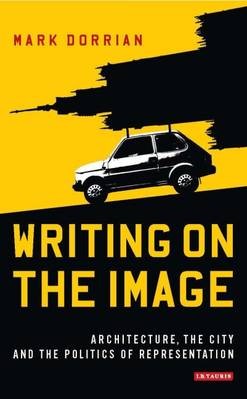
Mark’s book of essays, Writing on the Image: Architecture, the City and the Politics of Representation, will be published by IB Tauris at the end of June. Here are some comments on it: “With the eye of an architect, the …
Mark’s book of essays, Writing on the Image: Architecture, the City and the Politics of Representation, will be published by IB Tauris at the end of June.
Here are some comments on it:
“With the eye of an architect, the pen of a poet, and the toolkit of a skilled critical urbanist, Dorrian brilliantly ranges over the terrain of a fully historified modernity and its representations – from enlightenment Edinburgh, eastwards and westwards, to the Googleplex and beyond. Out there on the high frontier of the spectacle.”
Iain Boal, UC Berkeley and Birkbeck Institute for the Humanities, University of London
“This book of essays, written by one of our best contemporary critics, has a deeply persuasive and pleasurable splendour. The subtle weave and informed precision of its writing and thinking binds us to its subject matter – the ‘unruliness of things’ and the dilemmas of representation.”
Catherine Ingraham, Professor of Architectural History and Theory, Pratt Institute, NYC
“In the spirit of the Adornian “constellation”, Dorrian here provides cultural readings that reveal as much about the ideology and social conventions materialised in urban artefacts and spectacle as about the more particular and fortuitous influences that have gone into their making and reception… [T]hese essays are highly informative of the ways in which culture, both in the past and currently, animates its objects.”
Kate Soper, Professor Emerita of Philosophy, London Metropolitan University
“Mark Dorrian takes in the surroundings that humans are making for themselves today with the keen and original sensitivity of a time-traveller new to the planet, who sees what others fail to see… Writing on the Image unpacks surprising relations between technology and consciousness, between power interests and people. These essays are fresh, richly argued and combative – the effect is at once exciting and sobering.”
Marina Warner, Professor of English and Creative Writing, Birkbeck College, University of London
And here’s the description of the book that appears on the cover:
“Ranging from an examination of the politically-laden spectacle of George IV’s visit to Edinburgh in 1822, as stage-managed by the celebrated novelist Sir Walter Scott, to an analysis of Google Earth’s role in the construction of a new kind of political map, one no longer structured through boundary lines and coloured territories but instead through a politics of image resolution, the remarkable essays in this book present innovative ways of understanding visual phenomena in historical and contemporary culture.
Writing on the Image brings together a series of Mark Dorrian’s celebrated critical writings, developed over the last twelve years. Focusing on issues of elevated vision, spectacle, atmosphere, and the limits of aesthetic experience, Dorrian explores the politics of representation through a series of close readings of the ideological effects of images in their specific contexts. Seamlessly traversing sources from architecture, art, literature, history, geography and film, the essays gathered here exemplify Mark Dorrian’s pioneering approach to architecture and visual culture.
Featuring a Foreword by Paul Carter, and an Afterword by Ella Chmielewska, Writing on the Image opens with a sequence of four historically-oriented chapters that then lead on to considerations of key events in architectural, urban and visual culture over the past decade. Whether it be an eighteenth-century engraving that depicts a magnified drop of tap water as an alien planet swarming with monstrous creatures, an artwork showing a car with the silhouette of a building mounted on its roof, the covering up of a tapestry in the UN before a televised news conference, or a large-scale satellite image affixed to the basement floor of a public building, Dorrian shows how each artefact or event he examines is eloquent in its ability to problematise a larger set of relations beyond itself.”
More information is available at the publisher’s website.
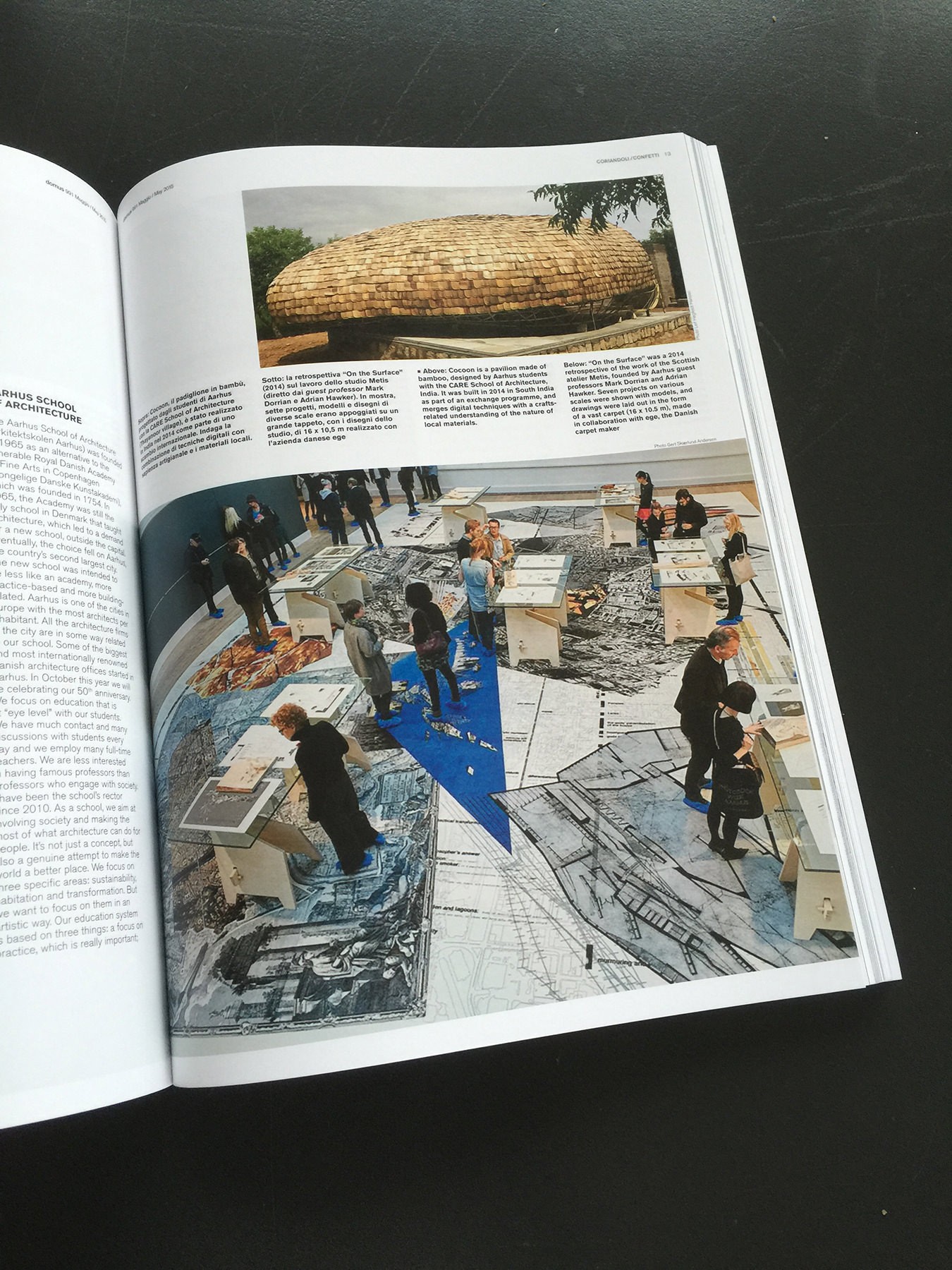
At the beginning of April, Mark gave his inaugural lecture as Forbes Chair of Architecture at the University of Edinburgh. The lecture, which was titled ‘What’s Interesting? On the Ascendency of an Evaluative Term’, has now been posted online here. …
At the beginning of April, Mark gave his inaugural lecture as Forbes Chair of Architecture at the University of Edinburgh. The lecture, which was titled ‘What’s Interesting? On the Ascendency of an Evaluative Term’, has now been posted online here.
Here’s the abstract:
“A celebrated aphorism – attributed to the renowned modernist architect Mies van der Rohe – runs, ‘I’d rather be good than interesting’. The phrasing suggests that, for Mies, it was possible to be one or the other, but probably not both at the same time. To be good meant to produce works of universally recognizable and enduring value, as opposed to ones that were likely to be mere curiosities, distractions soon to be passed over for something else. In design discourses today – and this is very striking in architectural studio pedagogy – this relation has been entirely overturned. What has happened, however, looks not so much like a switching around of the categories, as the complete absorption of one by the other: now it’s good to be interesting, indeed better than to be only ‘good’ (which is no longer what it used to be). Moreover, this shift has been accompanied by a kind of rhetorical ratcheting-up of the word ‘interesting’. It has been argued that past uses of interesting as an evaluative term inevitably prefix the word with a silent ‘merely’; however now we seem to be in a situation in which that implicit ‘merely’ is usually enthusiastically transformed into an explicit and not-so-silent ‘really’. Reflecting on this, this lecture will consider the rise of ‘interesting’ as a critical category, and examine the sort of judgement-in-suspension that it seems to enact, addressing what kinds of issues might be at stake in it, and what it means in relation to our broader cultural expectations of architecture. The argument will develop with reference to writers and critics that include Robin Evans, Sianne Ngai and Mario Perniola.”

Mark will give the keynote at this conference in Auckland between 10-12 April, 2015, organised by Andrew Douglas and Hannah Hopewell of the journal Interstices. The call for papers is here. The deadline for abstracts is 2 January, 2015. Interstices …
Mark will give the keynote at this conference in Auckland between 10-12 April, 2015, organised by Andrew Douglas and Hannah Hopewell of the journal Interstices.
The call for papers is here. The deadline for abstracts is 2 January, 2015.
Interstices is now open access and current and previous issues can be found online here.

John Beck and Mark Dorrian’s article ‘Postcatastrophic Utopias’ has been published in the current issue of Cultural Politics (10[2], 2014). John is Director of the Institute for Modern and Contemporary Culture at the University of Westminster. The paper was written …
John Beck and Mark Dorrian’s article ‘Postcatastrophic Utopias’ has been published in the current issue of Cultural Politics (10[2], 2014). John is Director of the Institute for Modern and Contemporary Culture at the University of Westminster. The paper was written as part of a larger project on speculative fiction, and is connected to a contribution we made to the Contingency Plans exhibition that was organised by Adam Bobbette and Dan Roggeveen of the University of Hong Kong and that ran between 29 March – 1 June 2014.
Here is the abstract:
“Space colonization and subterranean dwelling have been staples of speculative fiction since at least the nineteenth century, but the invention of nuclear weapons and the prospect of global environmental collapse have, certainly since the Cold War, made proposals offering vertical escape from the surface of the planet a matter worthy of serious consideration among engineers, planners, military strategists, and countercultural futurologists. The shift in the conception of utopia, from the lateral displacements typical of its classical formations to the vertical modes of descent and ascent considered in this article, suggests a structural relationship between utopia and catastrophe produced out of the new conditions of global threat inaugurated by atomic weapons. While the prospect of impending global catastrophe would appear to lead to a dystopian or even fatalistic acceptance of the limits of human life on Earth, the most devastating assessments of humanity’s future have also produced utopian proposals for the reimagining of human potentiality below and above the surface of the planet. In a real sense, then, catastrophe has become the precondition for the establishment of utopia, both as the compelling threat that demands a plausible response to impending annihilation and as the necessary event that apocalyptically clears the ground for new modes of living.”
The full text is on the Duke University Press website here.
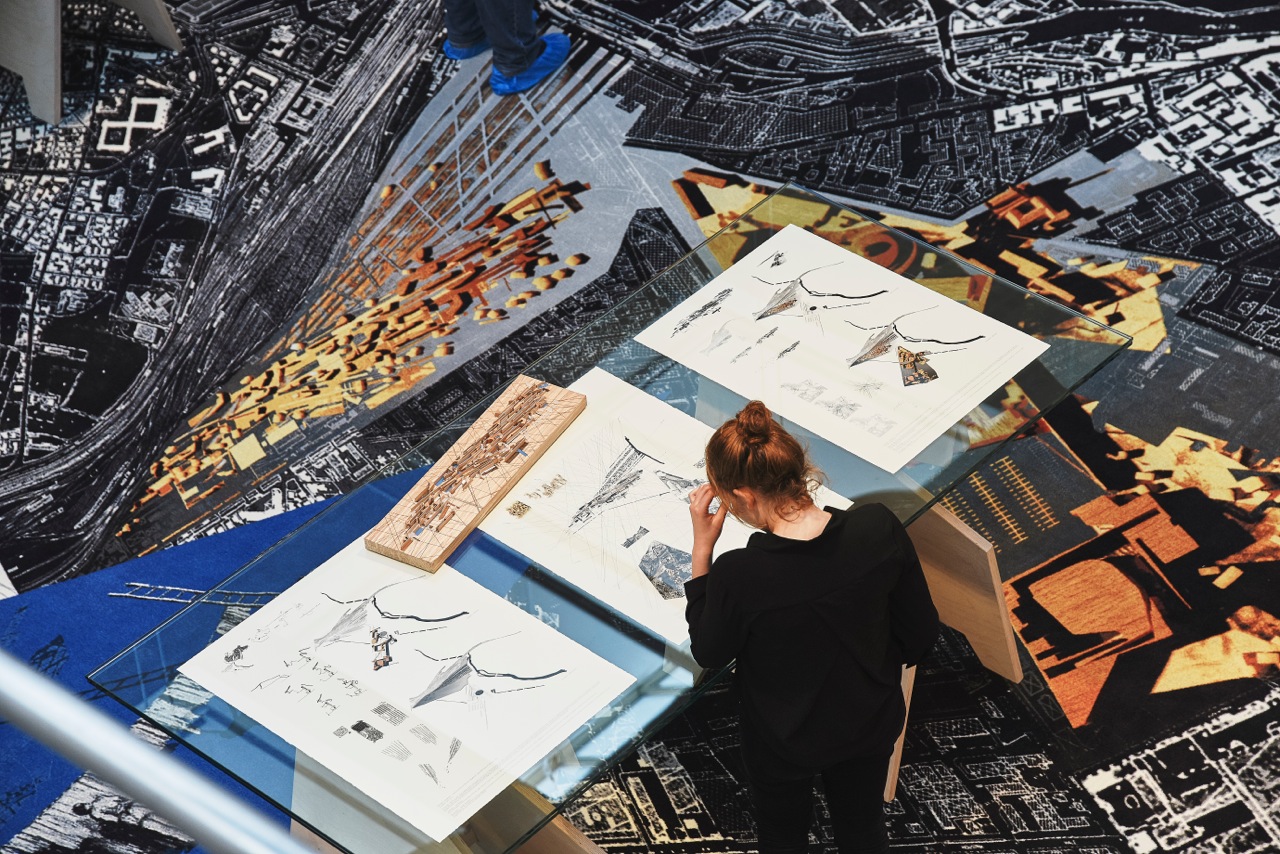
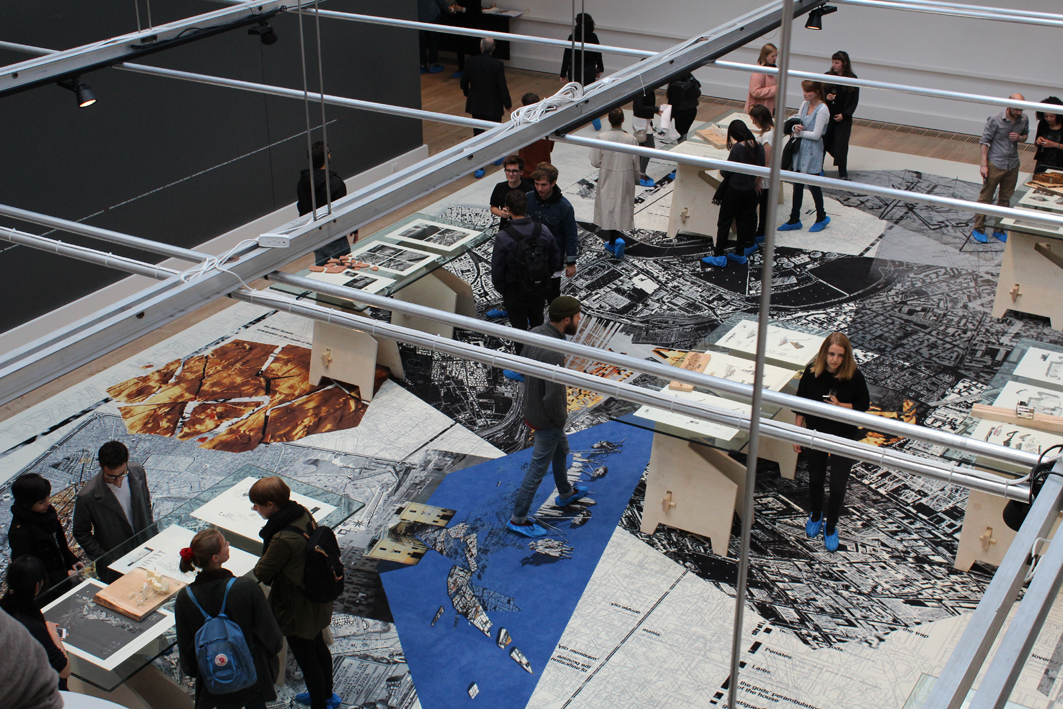

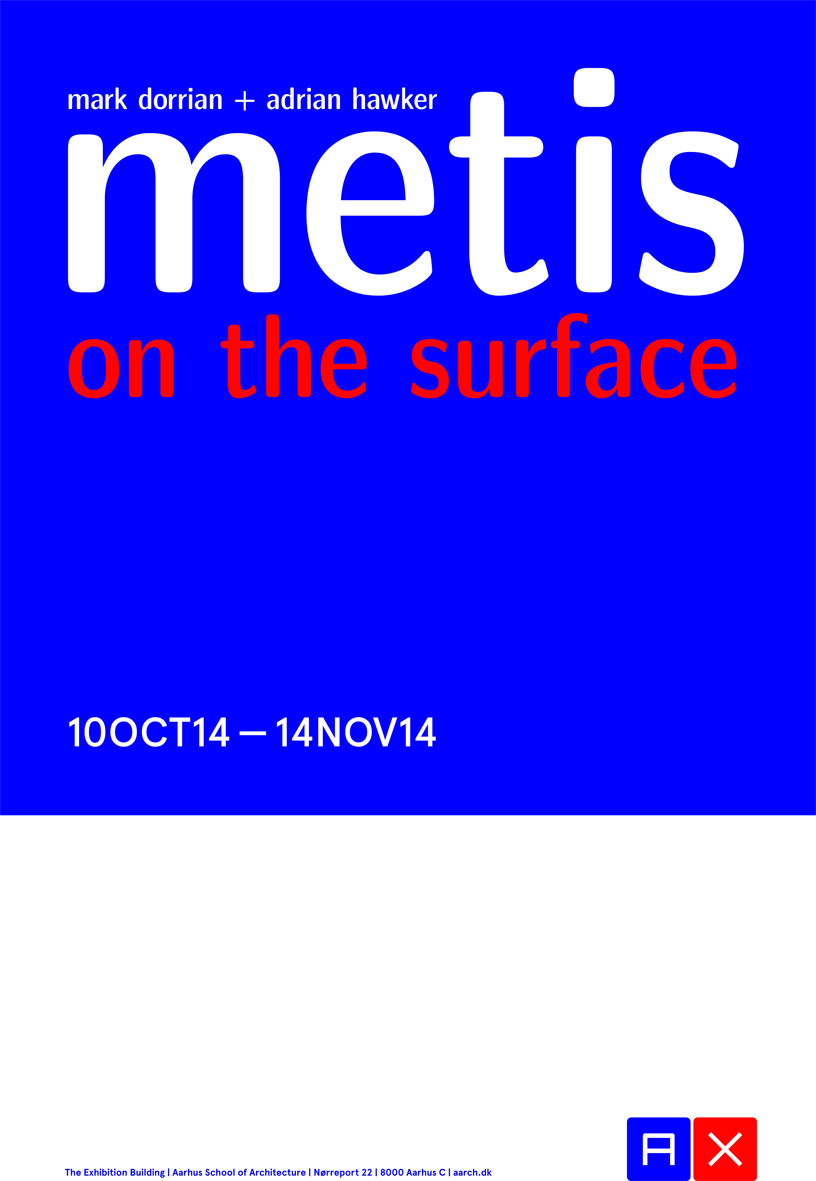
On Friday 10 October, metis‘s exhibition On the Surface will open at the gallery of the Arkitektskolen Aarhus, Denmark. For the exhibition, we’ve worked with the Danish carpet manufacturer, ege, to produce a 16m x 10.5m textile drawing that will …
On Friday 10 October, metis‘s exhibition On the Surface will open at the gallery of the Arkitektskolen Aarhus, Denmark. For the exhibition, we’ve worked with the Danish carpet manufacturer, ege, to produce a 16m x 10.5m textile drawing that will cover the floor of gallery.
The official press release for the exhibition reads:
“On the Surface presents seven projects by metis, which range from installations to large urban restructuring proposals. Working between two contrasting scales, the exhibition examines the complex topographics of the surface in metis’s architecture. Visitors entering the exhibition will encounter a vast drawing on which they walk, carpeting the floor of the gallery. Through this, an internal terrain is inserted within the display space, which is then inhabited by glass displays tables that hold detailed drawings and models. The viewers of the exhibition thus not only see a series of projects, but find themselves – as they travel across scale and space – active participants in a speculative architectural imaginary, one in which the architectural object is always in communication with the broader historical, cultural, material and representational conditions of the city or landscape within which it is positioned.”
Thanks go to Richard Collins and Aikaterini Antonopolou, who worked with us on the project; to Karen Kjaergaard, who has curated the exhibition; to Jan Magdal Poulsen and Karen Lund Hansen at ege; to Rachel Travers; and to Claudia Carbone, Anne Elisabeth Toft and Rikke Jorgensen, for setting the whole thing in motion.
The exhibition runs until 14 November.
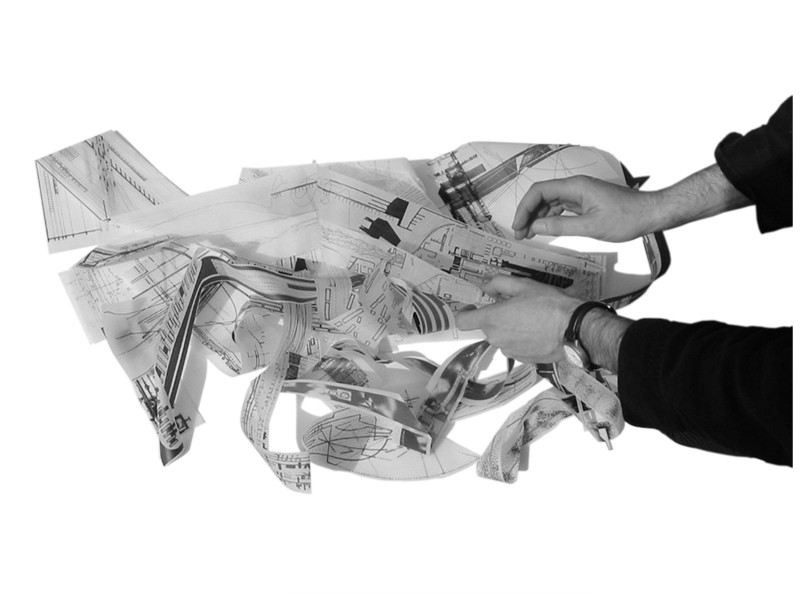
Seeing From Above, edited by Mark Dorrian and Frédéric Pousin is reviewed by Simon Ferdinand in the latest issue of Visual Studies. The book, published by IB Tauris in 2013, is the outcome of a research project jointly funded by …
Seeing From Above, edited by Mark Dorrian and Frédéric Pousin is reviewed by Simon Ferdinand in the latest issue of Visual Studies. The book, published by IB Tauris in 2013, is the outcome of a research project jointly funded by the British Academy and CNRS.
Ferdinand writes: “A collection of 16 extraordinarily rich essays by specialist authors, Seeing from Above explores the rhetorical complexity, cultural significance and various instrumentalities of aerial visuality as it has spread and ramified throughout visual culture at large. Each of the contributions, which were originally delivered in thecontext of a conference and other seminars held at the universities of Edinburgh and Paris, unpacks one figure or moment in a long cultural history of the aerial view.
The collection ranges between its many discrete episodes without submitting them to any one constraining perspective, allowing each object to be thought on its own terms. Freed from the burden of theoretical generalisation, the readings teem with indelible detail and beautiful figures. One flick might yield a bizarre sketch of a tortoise flying over the bay of Venice, which Marina Warner holds to symbolise the roving graphic imagination of the sixteenth-century Danish polymath Melchior Lorck who made it, or a screamingly bold Malevich stage design, whose heights of abstraction and transcendence Christina Lodder presents as being infused by the ‘visual paradigm’ of aerial photography. The collection also reflects the diversity of the forms that have been used to imagine and represent the view from above, broaching not only cartography, aerial (including satellite) photography, the city prospect, relief model and internet mash-up but also the unexpected media of abstract painting, choreography, written accounts, cinema, piled rubble and photomontage.”
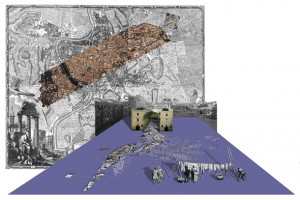
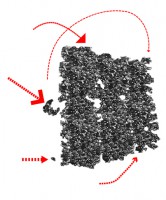
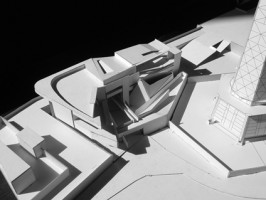
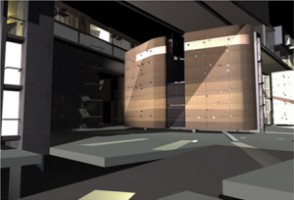
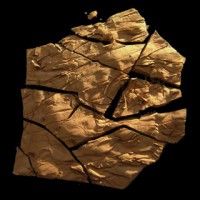
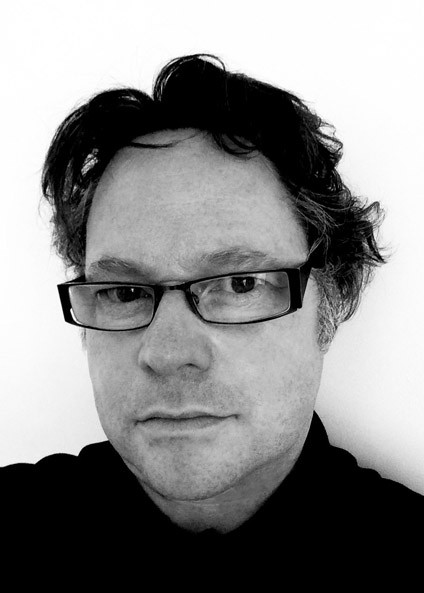
Adrian Hawker graduated from the Mackintosh School of Architecture, Glasgow and the Architectural Association in London. His architectural designs, drawings and constructs have been awarded, exhibited and published internationally. Since 2004, he has run a masters unit at the University …
Adrian Hawker graduated from the Mackintosh School of Architecture, Glasgow and the Architectural Association in London. His architectural designs, drawings and constructs have been awarded, exhibited and published internationally. Since 2004, he has run a masters unit at the University of Edinburgh under the banner of Island Territories. This programme, which he operates in collaboration with the artist Victoria Clare Bernie, has been developing experimental processes of urban mapping that inform radical architectural propositions for such cities as Valletta (Malta), Venice (Italy), Klaksvik (Faroe Islands) and Nicosia (Cyprus). Adrian has also lectured and taught in Australia, Germany, Denmark and the United States.
Contact Adrian:

Mark Dorrian holds the Forbes Chair in Architecture at the University of Edinburgh. His work spans topics in architecture and urbanism, art history and theory, and media studies, and has appeared in publications such as Cabinet, Chora
Mark Dorrian holds the Forbes Chair in Architecture at the University of Edinburgh. His work spans topics in architecture and urbanism, art history and theory, and media studies, and has appeared in publications such as Cabinet, Chora, Cultural Politics, the Journal of Architecture, the Journal of Narrative Theory, Log, Parallax, Radical Philosophy, and Word & Image. Mark’s recent books include the Seeing From Above: The Aerial View in Visual Culture (co-edited with Frédéric Pousin [2013]) and a volume of collected essays titled Writing On The Image: Architecture, the City and the Politics of Representation. He is currently working on the political history of air-conditioning, and on a pamphlet on robotic weapons (Welcome to the Dronosphere) for the RETORT collective. Mark has been a visiting professor at the Arkitektskolen Aarhus (Denmark), University of Michigan (USA), and Tianjin University (China), and a visiting scholar at the Canadian Centre for Architecture in Montreal.
Contact Mark:
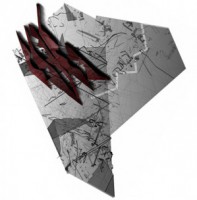
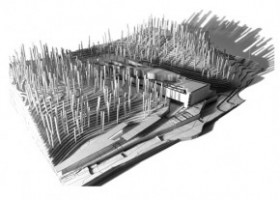
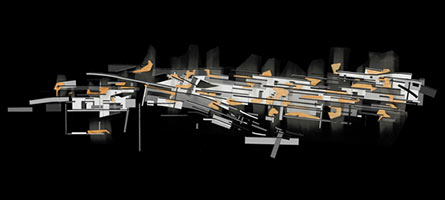
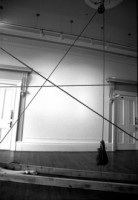
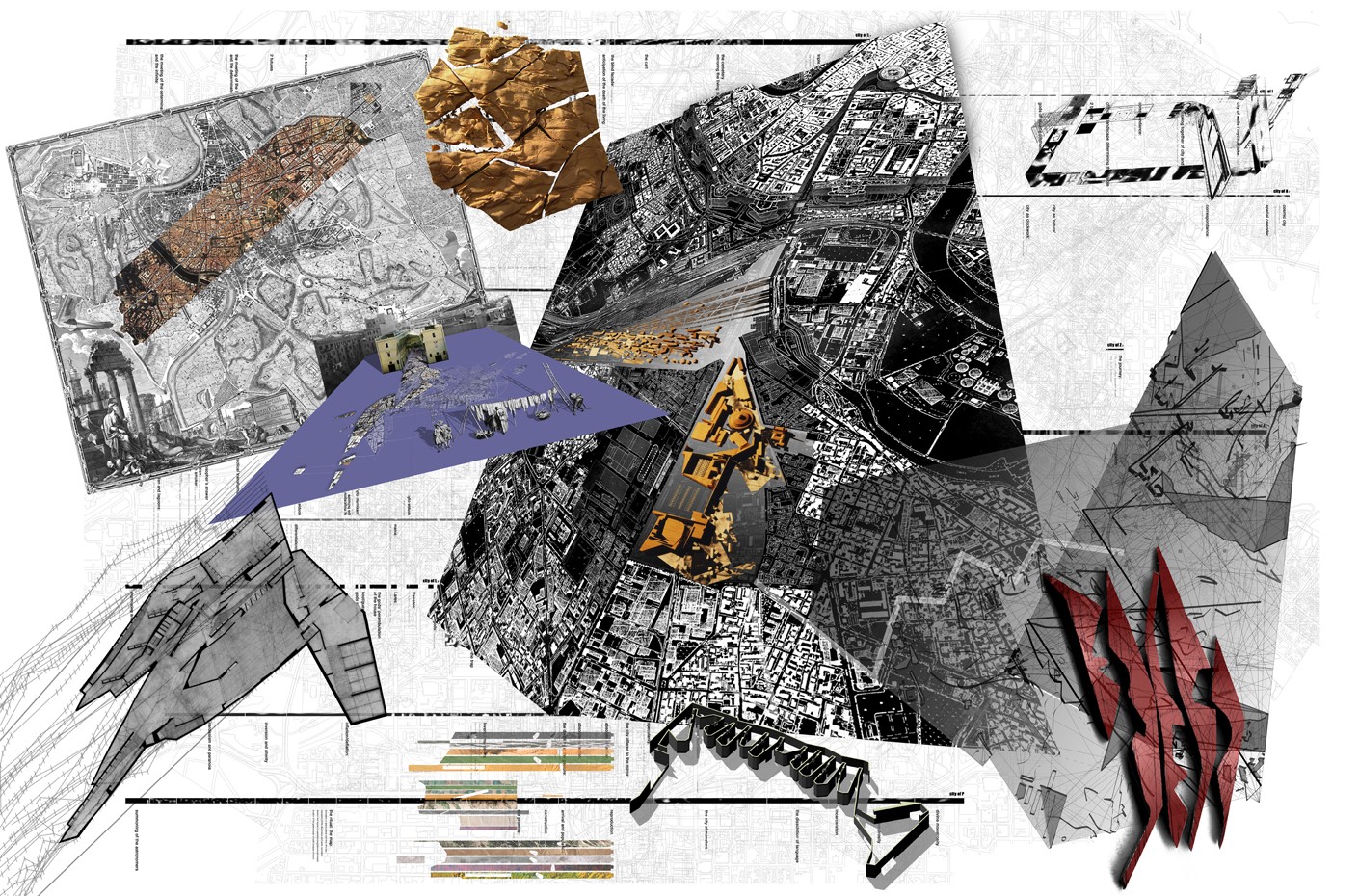
metis is an atelier for art, architecture and urbanism founded by Mark Dorrian and Adrian Hawker at the University of Edinburgh in 1997, with the aim of connecting architectural teaching, research and practice. Their work focuses on the city and the complex ways in which it is imagined, inhabited, and representationally encoded.
metis is an atelier for art, architecture and urbanism founded by Mark Dorrian and Adrian Hawker at the University of Edinburgh in 1997, with the aim of connecting architectural teaching, research and practice. Their work focuses on the city and the complex ways in which it is imagined, inhabited, and representationally encoded. They seek to produce rich, multi-layered works that resist immediate consumption and that are instead gradually unfurled over time through interaction with them. Their approach is concerned with establishing a poetic but critical approach to the city that is sensitive to its cultural memory but is also articulated in relation to its possible futures.
metis’s installations and architectural and urban proposals have circulated internationally. Their book, Urban Cartographies, was published in 2002, and their work has been presented in exhibitions, lectures or discussions in Aarhus, Antwerp, Beijing, Berlin, Brisbane, Florence, Gent, Hanzhou, London, Montreal, New York, Paris, Prague, Rhode Island, Santiago de Compostella, Venice and Warsaw.
Contact Metis:
